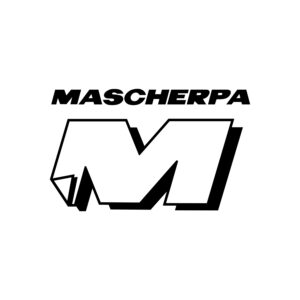“The adhesive that unites and the lubricant that eliminates friction”: in memory of Luciano Mascherpa

On the occasion of our 120th anniversary and in memory of Luciano Mascherpa, our company's historic president, an extraordinary mural work was unveiled in the heart of the NoLo neighborhood in Milan. Created by Outdoora artist Nicholas Perra, the work covers more than 260 square meters and is a gift…
MascherpaAugust 8, 2024
